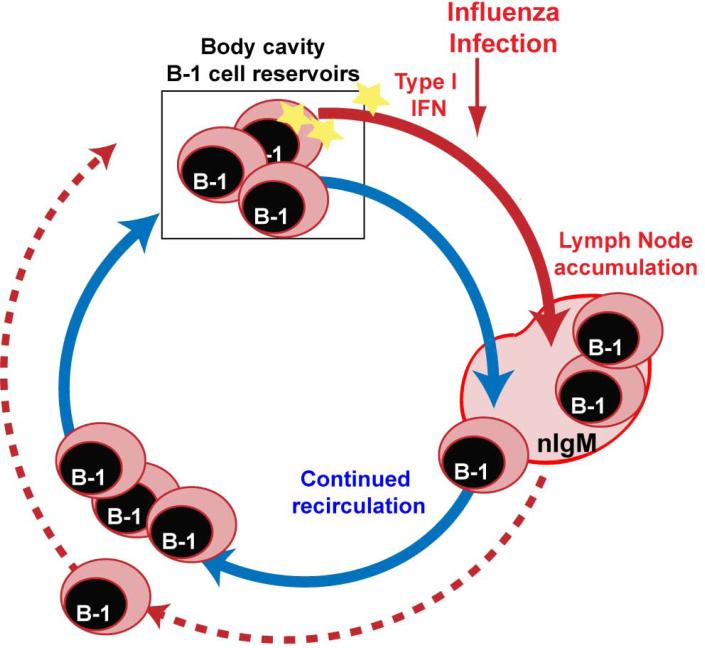Fig. 1. B-1 cell redistribution following influenza infection.
Published reports and our recent studies (Waffarn et al., manuscript submitted) highlight the importance of the body cavity B-1 cells as reservoirs of innate-like lymphocytes. B-1 cells appear to continuously recirculate in and out of the body cavities. After influenza virus infection, pleural cavity B-1 cells receive infection-induced signals that alter their gene expression. Type I IFN direct signaling enables B-1 cells to respond to the infection with increased accumulation in the inflamed lymph nodes at the site of infection. This accumulation may reduce the number of B-1 cells that can circulate back into the body cavities.

